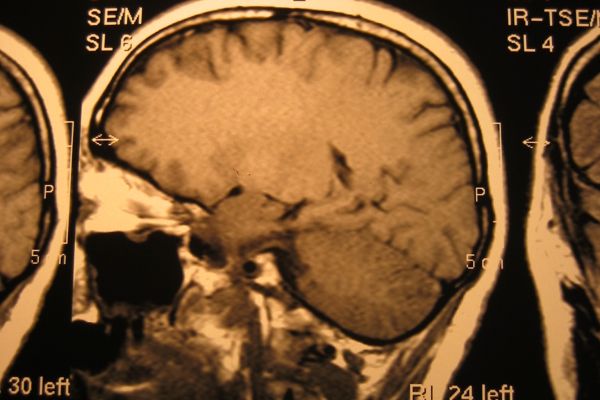Novel neurotechnologies: intervening in the brain
Report
Published 24/06/2013

The concept of ‘responsible research and innovation’ (RRI) has been widely adopted by policy-makers to encourage thinking about the public benefits of science and technology based research.
We identified six key priorities in relation to RRI for novel neurotechnologies:
- Clearly identified need: In this case, a need for interventions to improve the lives of those with serious brain disorders. Development for the sake of novelty alone, without clear goals, should be avoided.
- Securing safety and efficacy: Protecting patient safety is a central aim of regulation, but risks must be assessed relative to any likely benefits. This highlights the value of assessing efficacy as part of product development.
- Generating robust evidence: Small-scale studies, commercial influences, and bias towards publication of positive findings may all hinder the gathering of transparent, robust and balanced evidence. Alternative methods of linking and sharing evidence could help address this.
- Continuous reflexive evaluation: Reflecting, and reacting to, the directions towards which research is (potentially) travelling, can help avoid lock-in to innovation pathways that do not serve individual patient or public benefit.
- Coordinated interdisciplinary action: Coordination between the diverse professionals involved in novel neurotechnologies – e.g. engineers, surgeons and psychologists – will help to share understandings of, and visions for, how the technology could be developed and used.
- Effective and proportionate oversight: A proportionate balance must be struck between oversight that supports innovation, and that which protects patient safety. Sometimes statutory regulation will not be the best means of achieving this.

Share